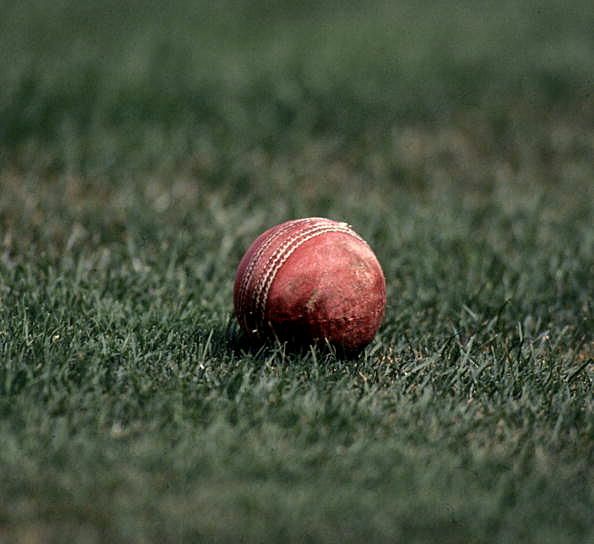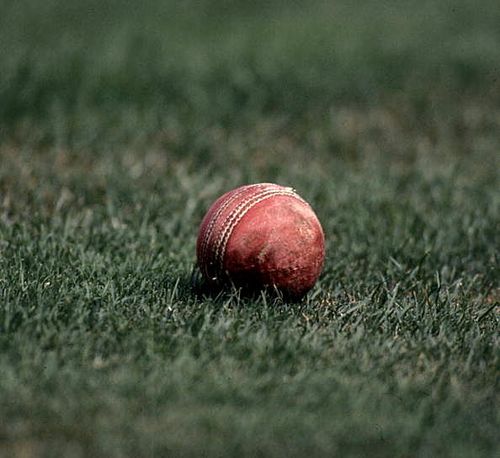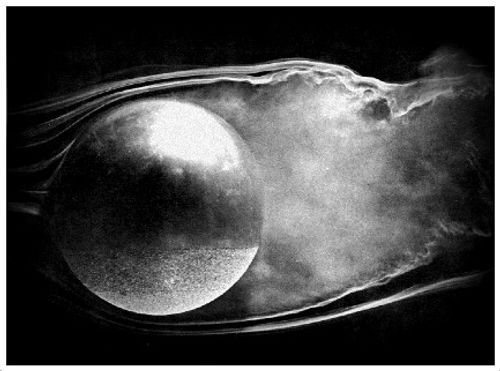
Moments that changed cricket forever: Reverse Swing - the dark art of cricket!

In the autumn of 1982, the Australians faced Pakistan at Faisalabad. Australia was four down and Imran Khan had the ball in his hand. As the number six batsman took guard, Imran Khan charged in and hurled the ball in. The seam of the ball was angled towards second slip but it sharply swerved in while two-thirds of the way through its flight. It dipped on the right-hander, pitched at a full length and made a mess of the furniture.
Imran Khan was a great bowler and often delivered match winning spells. However, this one against Australia was special. He ran havoc on a dead pitch, with a ball that was well past fifty overs.
The story, though, began in 1972, when Pakistan lost their first three Tests against Australia. Pakistan was destined for a whitewash and as expected, lost the final one at Sydney as well. However, that Test at SCG ushered in a new era of fast bowling.
Sarfaraz Nawaz, making a comeback in the Pakistan team, ripped apart the famed Australians batting line-up in that Test match. The work horse from Lahore bamboozled the Aussies and amazed the cricket world with his new found ability of swinging the old ball.
He did it again when Pakistan toured England in 1973 and then he uprooted the mighty West Indies at Lahore in 1975, on a placid track. The batsmen were left clueless and the media confounded.
Pakistan were the masters of a mystery weapon and they called it – “the reverse swing”.
The mystery – the dark art
Playing swing bowling has always been a tough proposition for any batsman. Especially, with the new ball and over cast conditions, many a top order has found it a herculean task to face up to the moving cherry. The bowlers made merry as long as the ball was new and the conditions were tipped in their favor but things weren’t so easy on a bare track on a hot sultry afternoon with an old ball and two set batsmen.
Not many had the answer but Sarfaraz Nawaz, Sikander Bakht and Imran Khan stunned the batsmen with reverse swing. Their new weapon was slightly different from the conventional one. They swung the old ball and swung it the other way.
The science – behind the seam
According to England’s ex-bowling coach, Troy Cooley, “Reverse-swing isn’t rocket science – it’s a lot more complicated than that…”
Cooley is right because the phenomenon of reverse swing depends on a large number of factors. The surrounding temperature, the air-flow, air pressure, type of leather used in manufacturing the ball, the quality of stitching and even details like the letters stamped on either side of the ball.
While conventional swing is considered as an art-form, reverse swing, till recently, was regarded as the voodoo of the brown man. Though it was regarded as a mystery that cannot be explained, the laws of fluid dynamics busted the myth that surrounded reverse swing.
Reverse swing is the most misunderstood art in cricket. It’s no magic but complete science. According to Troy Cooley,
“Reverse swing is all to do with the deterioration of the ball and the seam position in flight. As the ball becomes rougher, it will take on a different characteristic as it deteriorates. So if you present the ball as an out-swinger, the ball has deteriorated so much on the rough side that it takes on the characteristics of the shiny side. Which means a natural out-swinger will become an in-swinger and conversely, an in-swinger into an out-swinger.”
To understand how the cricket ball swings as it travels through the air, here are a few basic facts.

Layers of air surrounding the ball
When a cricket ball is released, there is a coating of air on the surface of the ball that envelopes it during its motion. As the ball moves further, there is another layer of air, in front, that is undisturbed by the ball’s motion. In between these two layers, there lies the thinnest layer known as the boundary layer.
This boundary layer is manipulated to deflect the ball in different directions which, in cricketing terms, is known as “swing”.
If the air-flow around the ball is laminar and is nearly parallel to the surface of the ball, it doesn’t really affect the ball’s motion. However, if the air-flow is turbulent, then the random fluctuations of the air particles directly affect the motion of the ball.